01 Spectral range
The range of visible light that our naked eyes can observe is 400-700nm, and this part of light beyond the range of visible light cannot be observed by human eyes. Conventional objective lenses have high transmittance in the visible light band, but the optimization and calibration of conventional objective lenses are only in the visible light range. We need to use a “FLUOTAR” objective lens for special imaging in ultraviolet and infrared because this kind of objective lens has high transmittance in the ultraviolet and infrared bands.
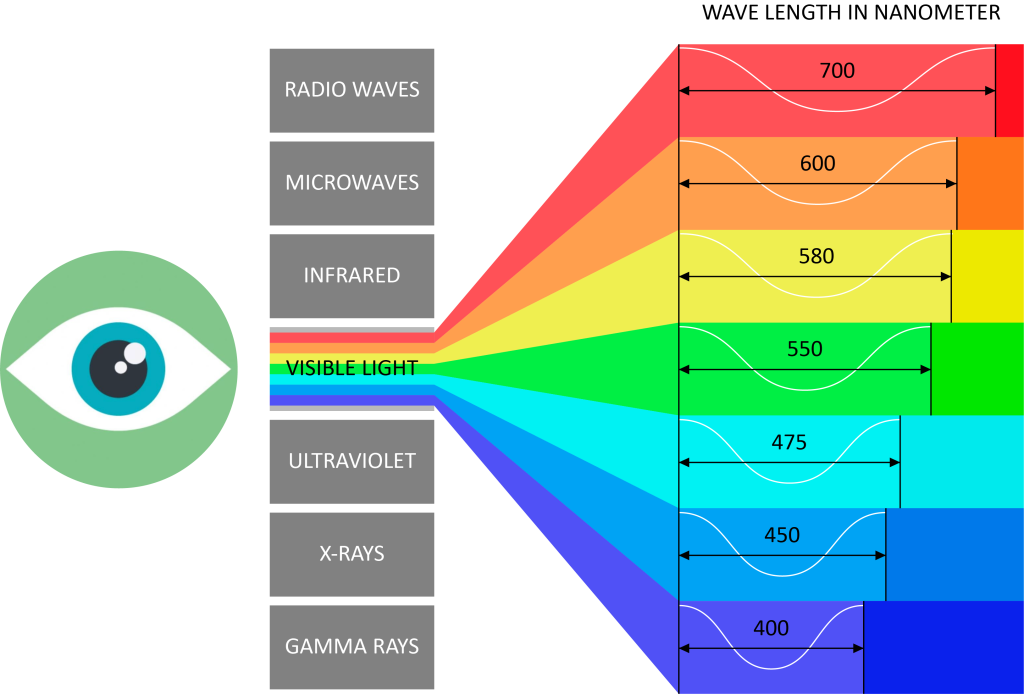
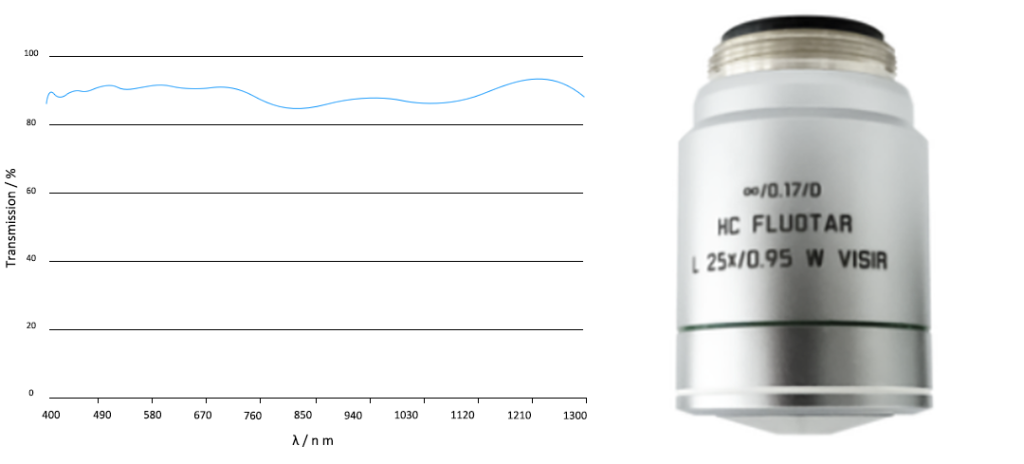
02 Chromatic aberration
Chromatic aberration refers to the different focal positions of light of different wavelengths irradiated by the objective lens on the sample. Chromatic aberration is due to the fact that beams of different wavelengths focus on different planes, resulting in unclear edges of the image and halos of different colors. For the correction of chromatic aberration, we need to use an achromatic objective lens. Through this correction, it can ensure that the light of different wavelengths can be perfectly focused on a focal plane, thereby ensuring the best imaging effect and contrast. Because this type of objective lens is used in ultraviolet and Into the infrared band has a higher transmittance.
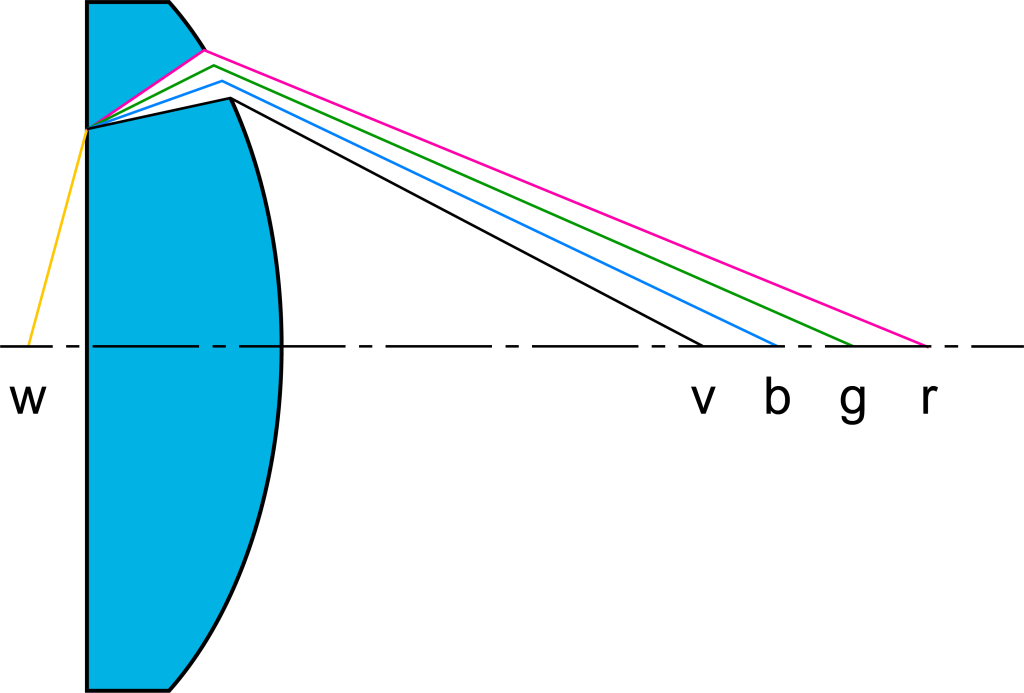
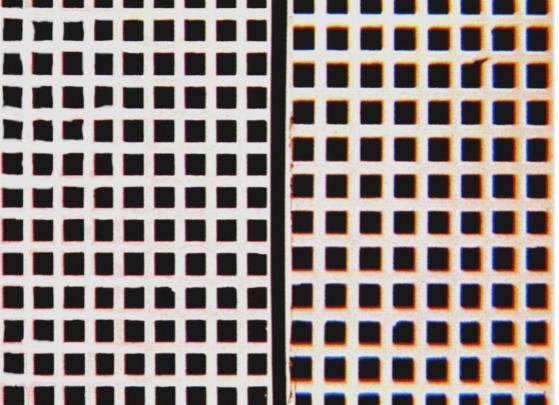
chromatic aberration
According to chromatic aberration, the objective lens can be divided into three categories, which are achromatic objective lens, semi-apochromatic objective lens, and apochromatic objective lens. The achromatic objective lens can only correct the axial chromatic aberration of red light and blue light. It is a common objective lens with a relatively simple structure and is often used in middle and low-level microscopes. The surface of the semi-apochromatic objective lens is often marked with the word “FL”. In terms of structure, the number of lenses is more than that of the achromatic objective lens and less than that of the apochromatic objective lens. The structure of the apochromatic objective lens is complex, and the surface of the objective lens is marked with “APO”, which can not only correct the chromatic aberration of red, green, and blue light, but also eliminate the remaining chromatic aberration, and is suitable for advanced research imaging and microscopic observation.
03 Field curvature
In addition to spectral range and chromatic aberration, there is another word that will appear on the objective lens and that is field curvature. In an ideal state, the imaging surface is a plane, but in the actual imaging process, the imaging surface may be a curved surface. The phenomenon of field curvature will cause the center and edge of the sample to be unable to be clearly imaged at the same time. For the correction of field curvature, we will use a flat-field objective lens to correct field curvature by adding a half-moon-shaped thick lens to the lens system of the objective lens. Defects.
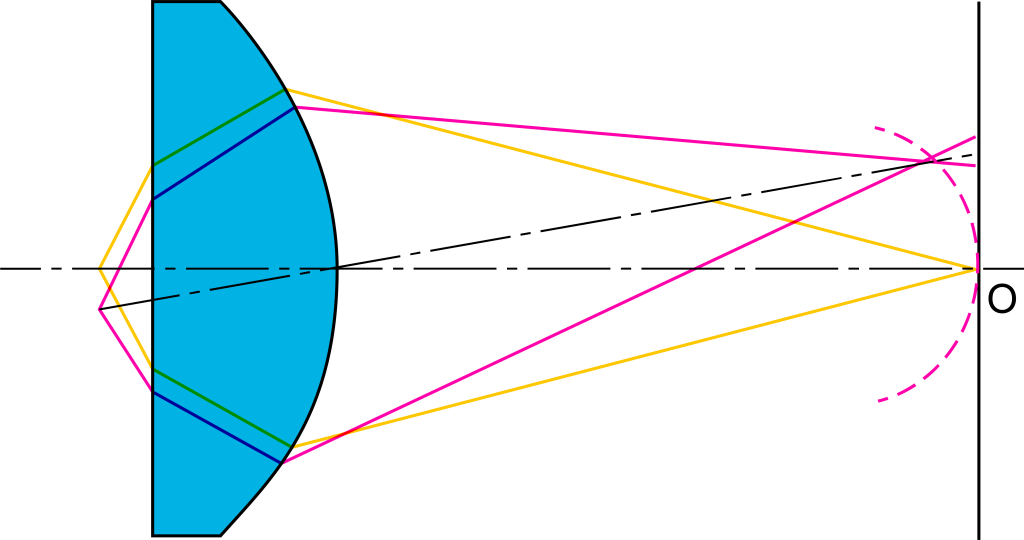

field curvature
According to the flatness of the image field, the objective lens can be divided into three categories, namely, plan achromat objective lens, plan semi-apochromat objective lens and flat-field apochromat objective lens. The surface of the plan apochromatic objective lens is marked with the words “PLAN”, the surface of the plan semi-apochromatic objective lens is marked with the words “PLAN FL”, and the surface of the plan apochromatic objective lens is marked with the words “PLAN APO”.

04 Summary
According to the spectrum range, the objective lens can be divided into conventional objective lens and special fluorescence imaging objective lens; according to the ability of achromatism, the objective lens can be divided into achromatic objective lens, semi-apochromatic objective lens, and apochromatic objective lens; according to the flatness of the image field, it can be divided into The objective lens is divided into plan apochromatic objective lens, plans semi-apochromatic objective lens and flat field apochromatic objective lens.